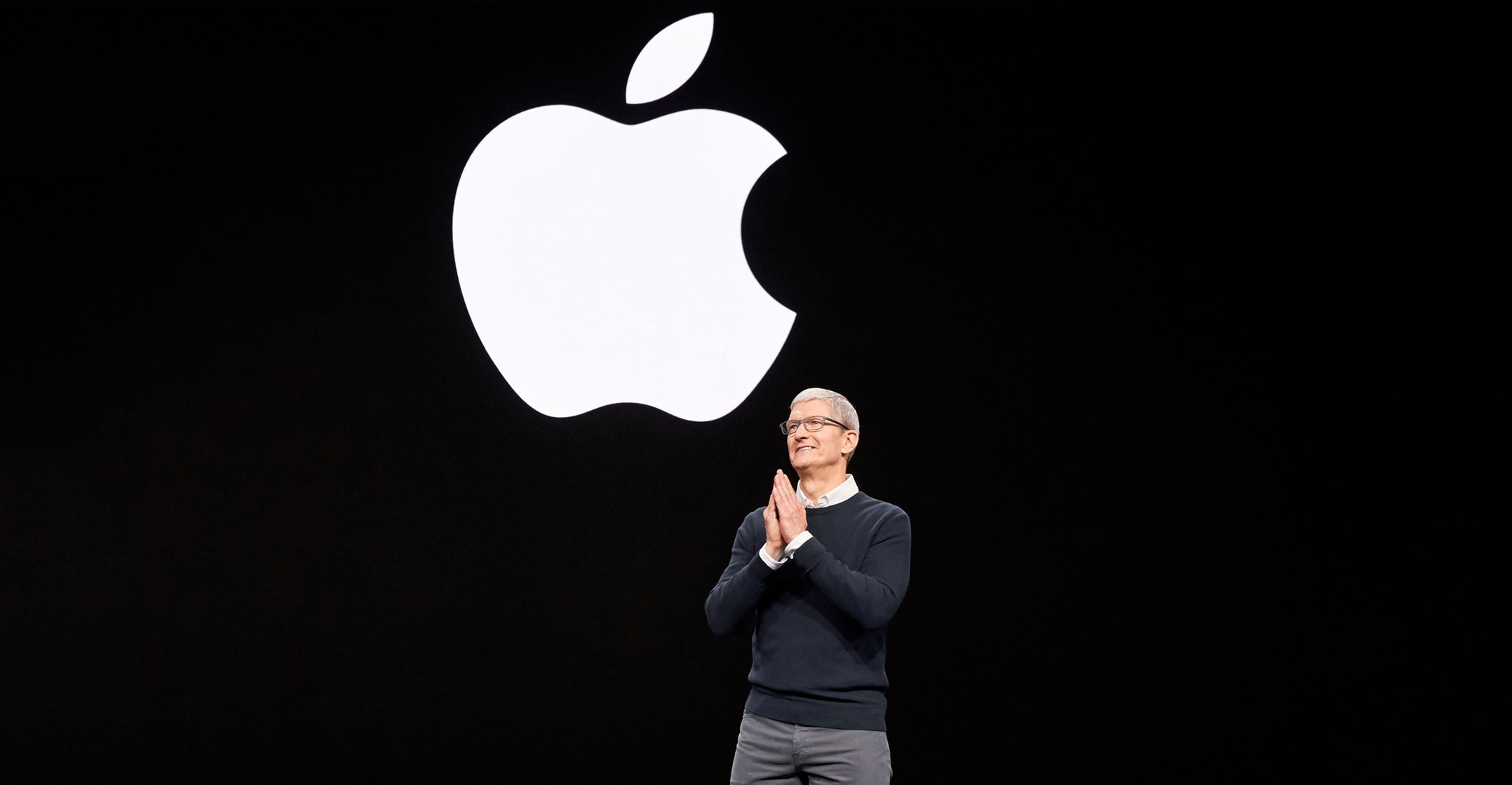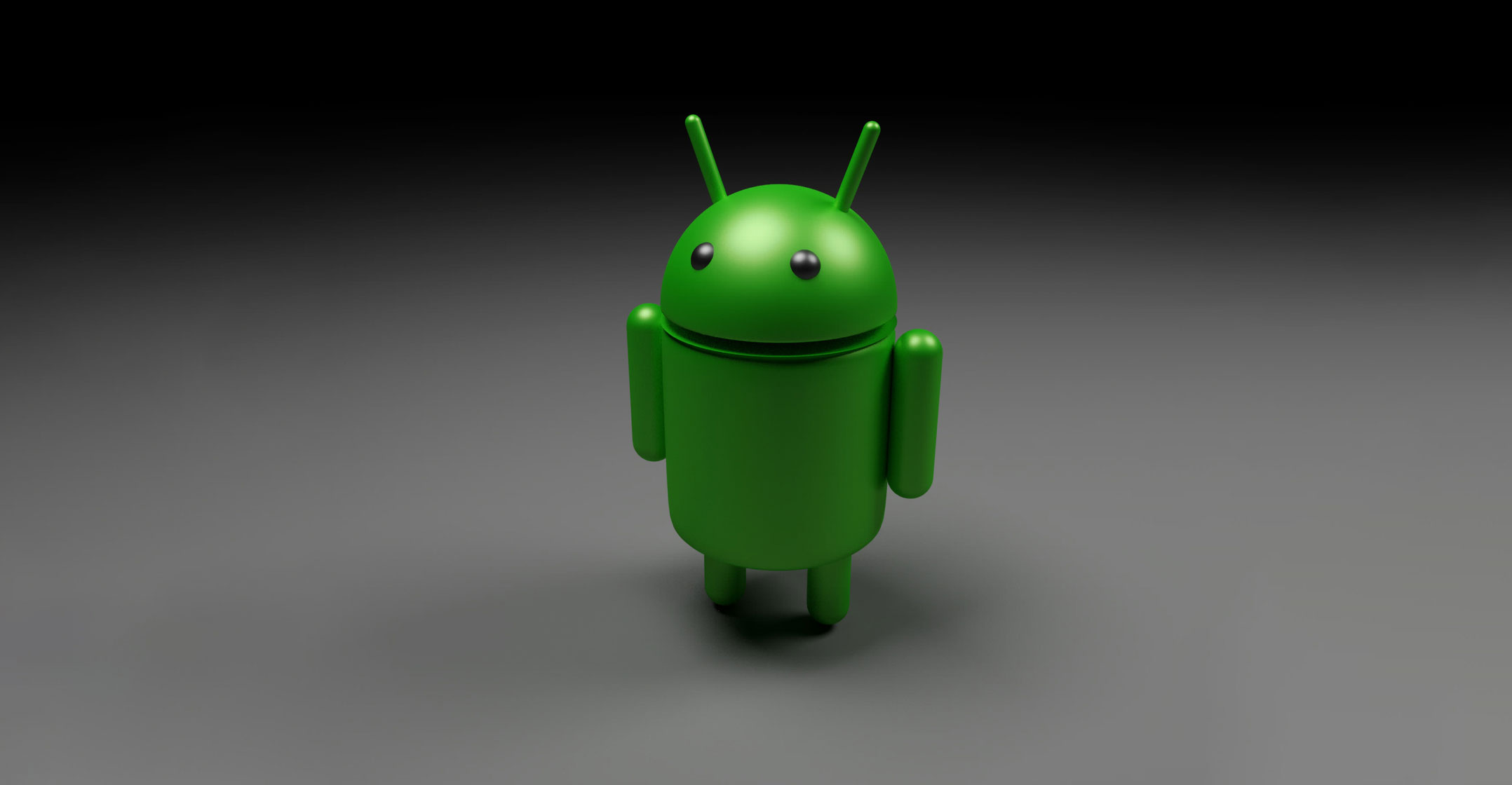
Apple on Monday showed it can open up its software and services to devices that compete with its own — but only when absolutely necessary.
The company’s updated TV app, including a new subscription for original movies and TV shows, will launch on iPhones, iPads and Macs. But it will also be available via gadgets from Amazon.com and Roku, and smart TVs from LG Electronics, Sony and Samsung Electronics.
One company that went unmentioned in the iPhone maker’s two hour presentation: Google, owner of Android, which powers about 85% of the latest smartphones.
At first blush, this seems like an injudicious omission by Apple. There’s a lot riding on the company’s new services, and its video subscription in particular. Apple said it plans to launch in more than 100 countries, and in most of those places Android is even more dominant. Not making an Android version of the TV app ignores on hundreds of millions of potential paying viewers, especially outside the US.
On closer inspection, though, Apple is making a calculated bet that it doesn’t need those Android phone users — or has other ways of reaching them that don’t require cosying up to arch rival Google.
Netflix, the video streaming leader, provides a clue to Apple’s approach. Netflix said last year that 70% of its subscribers watch the service on a TV. That means consumers are using a smart TV with a Netflix app or plugging in a set-top-box running the Netflix app to get their Stranger Things fix. Only 10% of users watch Netflix on phones, while PCs get 15% and tablets 5%, according to the data.
Other devices
Netflix has a booming business outside the US, so if it can only get 10% of viewers from Android, then Apple likely decided it was worth the risk to ignore that distribution channel.
Still, Apple’s push into more digital services is forcing the company to embrace other devices. Apple already offers iTunes and iCloud storage applications for PCs. There’s even an Apple Music app for Android — because smartphones are the main way people stream music. According to a report on Tuesday from Sensor Tower, Apple Music has already been installed 40 million times on Android devices.
More Android integrations are unlikely. Apple made no mention of its US$10/month News+ service coming to Android. And the company has resisted opening up services like iMessage and FaceTime to other platforms, key offerings that Apple has likely found helps retain users and sell phones.

After all, Apple is still a hardware company at heart and it is loath to give consumers more reasons to pick an Android phone over an iPhone. Services revenue is still dwarfed by sales from hardware like the iPhone, iPad, Mac, and Apple Watch.
Based on Apple’s strategy thus far, the message is clear: Apple will launch its services on non-Apple devices when it benefits the company and doesn’t get in the way of selling its own hardware. There’s nothing wrong with that, but until then, it’s a services company with a big asterisk. — Reported by Mark Gurman, (c) 2019 Bloomberg LP




